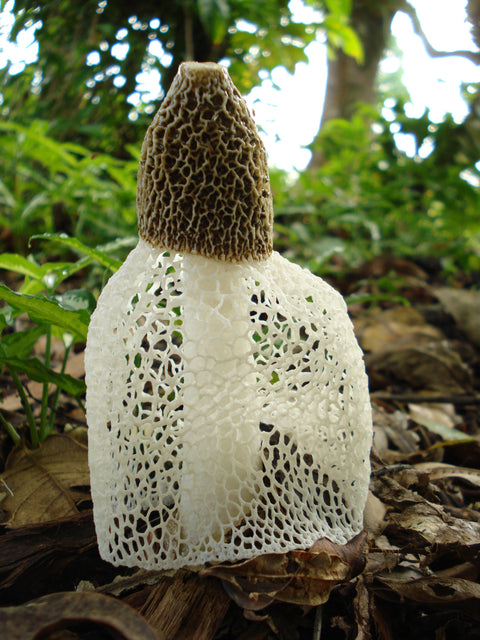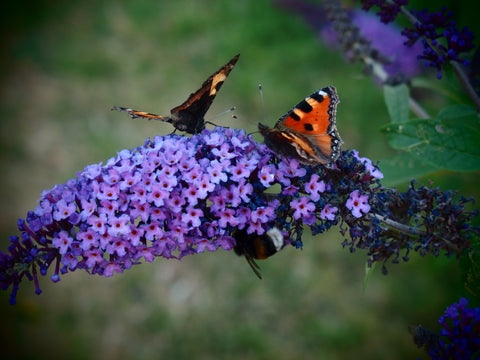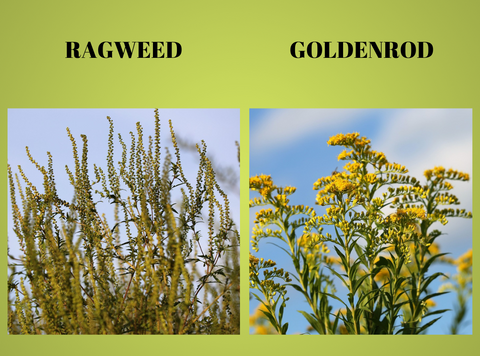As all gardeners realize, the natural world has some fascinating finds. Today, we venture into the mysterious realm of slime molds and stinkhorns – two interesting yet lesser-known organisms that play unique roles in the ecosystem. Often overlooked or misunderstood, these curious creatures deserve our attention and appreciation. Join us as we delve into their intriguing characteristics, ecological significance, and even explore some practical aspects of cultivating them in your garden.
Slime Molds: A Friend or Foe?
Slime molds are peculiar organisms that blur the line between fungi and protists. Despite their name, they are not molds but rather a separate group of organisms with their own distinct characteristics. What sets them apart is their ability to exist in two forms during their life cycle – as individual cells and as a multi-cellular organism.
- The Slime Mold Life Cycle
Slime molds start their lives as single-celled amoebas, foraging for bacteria and decaying matter on the forest floor. When conditions become unfavorable, they aggregate into a fascinating multi-cellular structure called a "slug." These slugs move in search of better environments, demonstrating an unexpected level of collective intelligence.
- The Wonder of Slime Mold Fruiting Bodies
The most awe-inspiring phase of the slime mold life cycle is when they form fruiting bodies. These structures, often shaped like tiny mushrooms, produce and release spores to disperse and create new colonies. Witnessing this process is a rare treat for any nature enthusiast and may be something from a bad dream for others. Slime mold can show up in many colors and resembles moving dog vomit as cells roll over each other and spread while searching and consuming decomposing organic matter. If slime mold is in an undesirable area of your garden, there are no chemical treatments. Rake to allow mulch to dry. It is seen in hot and humid weather with moist ground conditions. Allowing sun and air circulation will help dry out the ground and raking or removing organic matter helps control slime molds.
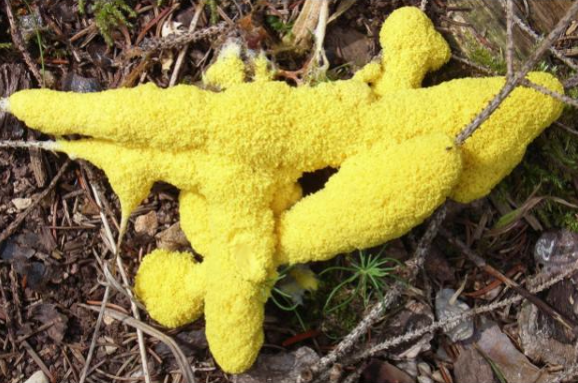
Photo: Slime Mold
Stinkhorns: The Oddities of the Fungal World
Stinkhorns, as their name suggests, are mushrooms with a distinctive and pungent smell. They belong to the Phallaceae family and are known for their unique appearance and reproductive strategy. While most may find their aroma offensive, stinkhorns play a crucial role in the ecosystem.
- Unusual Yet Intriguing Shapes
Stinkhorns come in various shapes and colors, but their common feature is their phallic or egg-like appearance. The mature fruiting bodies produce a sticky spore mass on top, which helps disperse the spores efficiently. They appear when mulch or decaying roots become saturated, and the humidity is high. They only last a few days but can be prevalent as long as moist conditions persist. There is no chemical control for them, so to eradicate them, physically remove them and rake organic matter to assist in air circulation to dry it.
- Attracting Insects: Nature's Clever Plan
The foul smell emitted by stinkhorns serves a crucial purpose in nature. It attracts insects, particularly flies, which unwittingly become agents of spore dispersal. As these insects land on the sticky spore mass, they carry spores with them to other locations, contributing to the fungi's reproduction and dispersal.

Photo: Stinkhorns develop rapidly in hot moist areas with high decomposing organic matter
Ecological Importance and Gardening Potential with Slime Molds and Stinkhorns
- Nature's Recyclers
Slime molds help decompose organic matter, releasing valuable nutrients back into the soil. They aid in breaking down dead plant material and contribute to nutrient cycling.
- Natural Pest Control
Stinkhorns indirectly assist in pest control by attracting flies and other insects away from valuable garden plants. While the smell might be unpleasant, it diverts insect attention from more desirable species, reducing the risk of pest infestations and chemicals needed to control pests.
Cultivating Slime Molds and Stinkhorns
For more adventurous gardeners, cultivating slime molds and stinkhorns can be a rewarding experience. Although they are not typically grown like conventional garden plants, you can create suitable conditions to attract them naturally. Providing a diverse and undisturbed habitat, such as a well-maintained woodland garden area, will encourage these fascinating organisms to thrive.
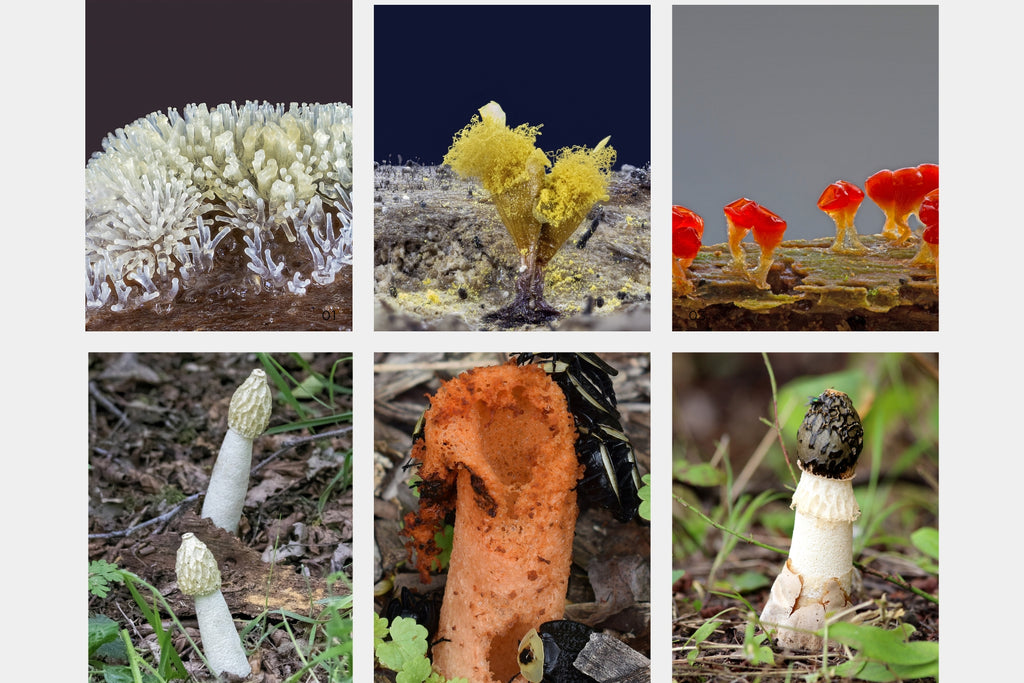
As gardeners, we realize that a balanced ecosystem is needed for all living organisms to thrive. And while vibrant blooms and bountiful harvests of produce are pleasing to watch grow, we also appreciate the diversity of life around us including the peculiar wonders of nature like slime molds and stinkhorns. So, the next time you spot a stinkhorn or encounter a slime mold, take a moment to marvel at the intricate beauty and ecological significance of these often-overlooked marvels of nature. Happy gardening!

